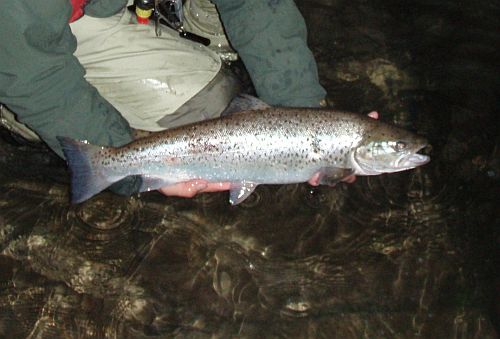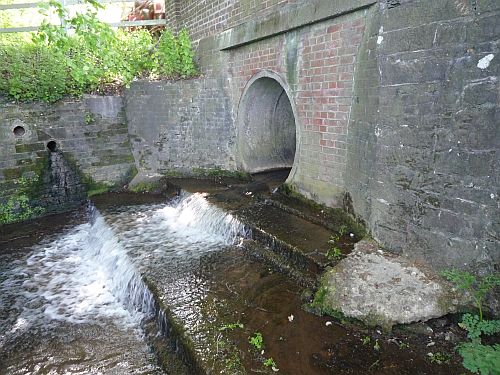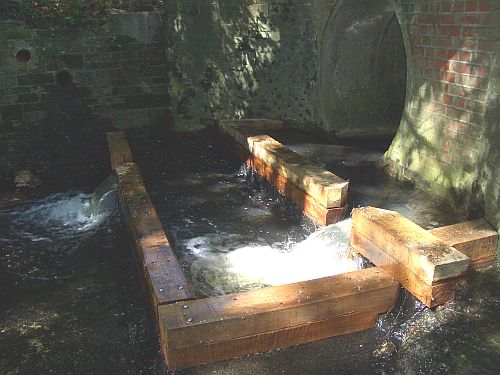South Coast Sea Trout Project
Although only a few of the rivers on the south coast are actively fished for sea trout (Lymington, Beaulieu, Test, Itchen, Rother and Sussex Ouse), sea trout can and do run into virtually every river and stream that flows into the Solent or wider English Channel – as long as they have some habitat capable of supporting brown trout.
Comparatively few sea trout are caught by anglers. Some may be mistaken as resident browns and often sea trout enter the river after the end of the rod season. The declared rod catch is likely to be a significant underestimate of sea trout numbers in South Coast rivers. Sea trout are targeted by anglers in the tidal pools of the Test, Ouse and Itchen.

Sea trout are a critically important component of the region’s biodiversity. They are an important factor in sustaining many wild trout populations in numerous headwaters, side-streams and tributaries across Hampshire, Sussex and Kent. They may also be crucial in repopulating rivers with wild trout when the local population has been damaged or destroyed by pollution, drought or habitat degradation.
The South Coast Sea Trout Project (SCSTP) is partnership between Environment Agency, the Wild Trout Trust and the Atlantic Salmon Trust, with local Rivers Trusts providing a crucial element of local support and funding. Phase 1 of the project has been completed and pulled together the available data and local knowledge to identify gaps in our knowledge, research opportunities and some early actions on the ground that could be taken to further protect and enhance sea trout stocks along the south coast.
Phase 2 of the project is delivering the Action Plan developed from Phase 1. It focuses on the freshwater element of the sea trout lifecycle, with two objectives:
- To improve spawning and juvenile habitat
- To improve fish passage through the installation of low cost fish easements.
Click here for a copy of the Action Plan, updated in Spring 2014 with progress on actions.
Working with the local Rivers Trusts has proved to be a key part of the delivery of the Action Plan. We have supported the Ouse and Adur Rivers Trust to deliver a number of ‘easements’ to facilitate fish passage, for example on the Batts Stream Bridge on a tributary of the River Ouse.
This project involved creating two ‘boxes’ below the culvert with hardwood timber bulks bolted to the concreted aprons, and a stainless steel nape which creates a solid plume of water. This arrangement creates a series of smaller steps up to the culvert which allows sea trout to move upstream in a wide range of water flow conditions. This is a typical example of ‘action’ from the Action Plan — a cost effective, simple solution which resolves a barrier to migration and gives access to kilometers of spawning and juvenile habitat.


The SCST project action plan is running alongside 3 major research projects, one of which is focused on the coast of the South and West of England — the Atlantic Aquatic Resource Conservation (AARC). This project, along with the Living North Sea and Celtic Sea Trout Projects are seeking to answer questions about the provenance of sea trout stocks, their natal rivers and the marine feeding locations. This work will inform the future management and protection of sea trout stocks, particularly in the marine phase of the their lifecycle which is currently little understood.
Wild Trout Trust contact: Andy Thomas